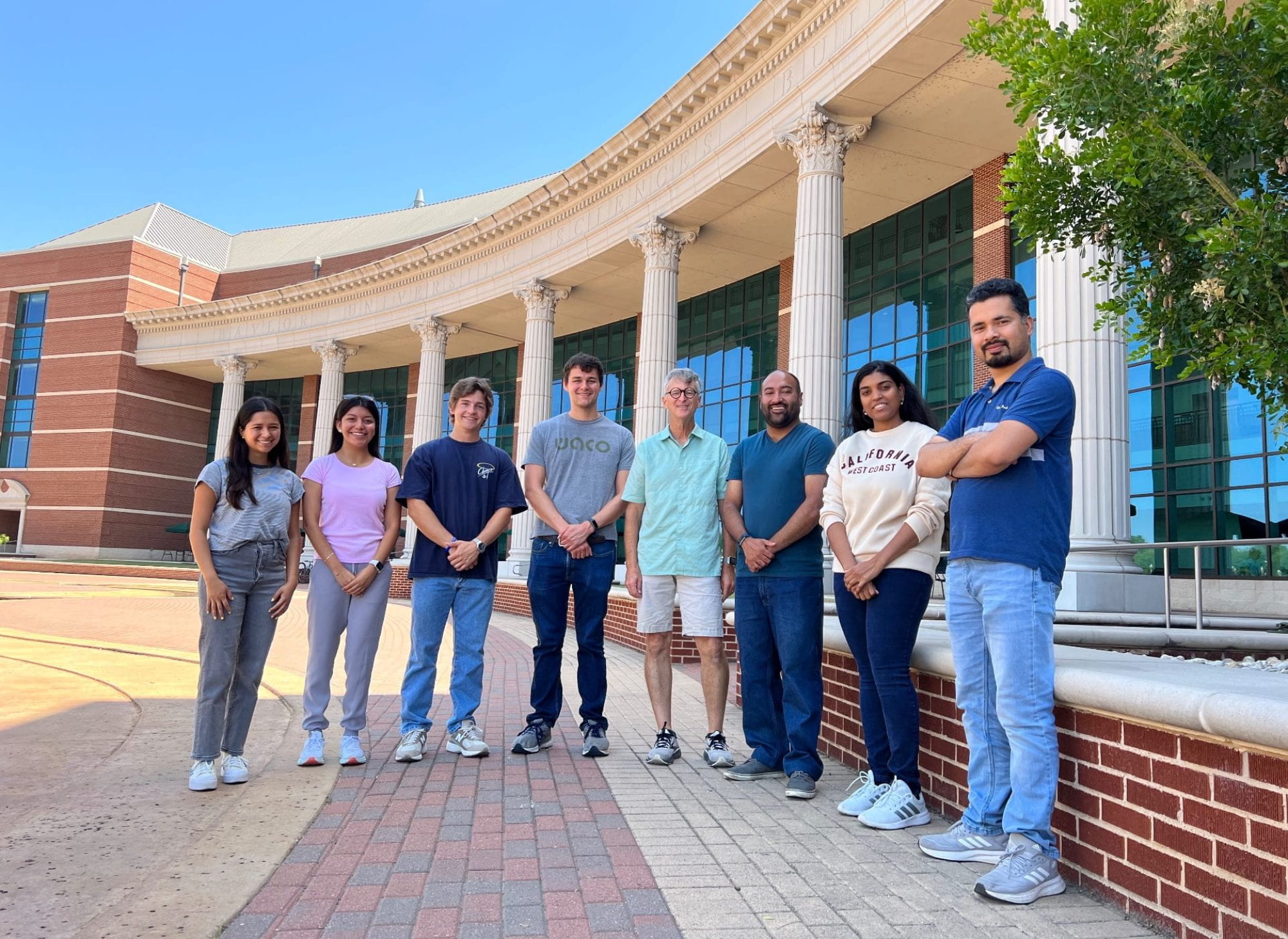5/1/24: New publication in Journal of Microbiological Methods (Elsevier)
Our lab uses an oral gavage flush of the stomach to monitor the gastric microbiome longitudinally without sacrificing the mouse. However, does the buffer gavage flush itself disturb the gastric microbiota? Our recent publication asks this question (citation below). We conducted a longitudinal study on a group of uninfected mice and analyzed the microbiome initially, after one flush and after two flushes. We found no significant change in the diversity or composition of the microbiota between these groups. We also found that the gavage flush recovered a greater diversity of microbial species that the traditional collection of gastric fluid from dissected mice but did not greatly differ in species composition. The conclusion is that longitudinal gastric studies of the planktonic microbiota can now be undertaken using a validated system rather than depending on a single sample from the dissected stomach of the sacrificed mouse. Citation: (Ortiz PS, Choudhury A, Kearney CM. Validation of gavage sampling as tool for longitudinal sampling of microbiota of the mouse gastric lumen. J Microbiol Methods. 2024 Apr 21;221:106939. doi: 10.1016/j.mimet.2024.106939. Epub ahead of print. PMID: 38653334)
9/15/23: New publication in Microbiology Spectrum
Our latest study is now published in Microbiology Spectrum: “Control of H. pylori with engineered probiotics secreting selective guided antimicrobial peptides”; doi: 10.1128/spectrum.02014-23. The PubMed ID is 37712669. The entire study was conducted within the Kearney Lab, including the mouse longitudinal study, MiSeq DNA sequencing, the entire bioinformatic analysis, and recombinant DNA constructs for E. coli and the probiotic Lactococcus lactis. Leigh Greathouse and Ryan Stoffel were also on the team to provide expert guidance on the microbiome and mouse handling, respectively. Congrats to all the authors, in order: Ankan Choudhury, Patrick Ortiz, Mikaeel Young, Toslim Mahmud, Ryan Stoffel, Leigh Greathouse and Chris Kearney.
6/15/22: Mikaeel Young joins the lab as Postdoctoral Associate
Dr. Mikaeel Young, a postdoctoral associate at the University of Rochester Medical Center, accepted the position of Postdoctoral Associate in our lab on June 15, 2022. Dr. Young brings expertise in antimicrobial peptides, cellular structure, confocal microscopy, nanoparticles, and recombinant protein production to the Kearney Lab. The position was made possible by a research acceleration grant provided by Baylor University.
2/15/22: Md. Toslim Mahmud joins the lab as Postdoctoral Associate
Toslim Mahmud, after completing his doctoral degree at Monash University in Melbourne, Australia, joined the Kearney Lab on February 15, 2022. His postdoc is funded by the recently awarded CPRIT grant. Dr. Mahmud’s research at Monash focused on the VacA virulence factor of Helicobacter pylori. He will continue his work on virulence factors of H. pylori in the Kearney Lab, focusing on the development of novel guide peptides against H. pylori virulence factors.
8/28/21: CPRIT High Impact High Risk Research grant awarded to Kearney Lab
The Kearney Lab was awarded a $248,938 grant from the Cancer Prevention and Research Institute of Texas on August 28, 2021. The grant is entitled “Virulence Modulation of Helicobacter pylori, the Strongest Risk Factor for Gastric Cancer”. We have focused on Helicobacter pylori, the main causal agent of gastric cancer, which claims 700,000 lives annually. Our lab has developed an innovative engineered probiotic therapy/prophylactic that is shown highly effective at stopping H. pylori infection in mice. With the grant, we are developing guide peptides which will guide an antimicrobial peptide specifically to a set of virulence factor proteins located on the surface of the H. pylori cell. Not only will these provide specific kill against the pathogen, without harming off-target bacteria, but we hope to demonstrate in the future that these new fusion proteins will move the evolution of any drug resistant strains towards avirulence, since they will need to mutate their virulence factor in order to evade the therapy.
